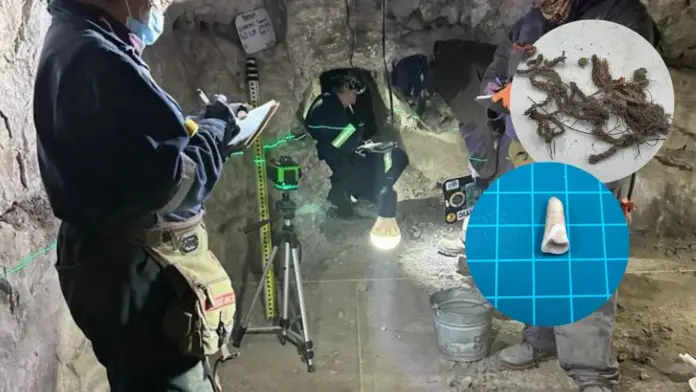
The Ministry of Culture of Mexico, the National Institute of Anthropology and History, INAH, and the INAH Nuevo León Center revealed to the general public the details of an incredible and unprecedented discovery in La Morita II, in the state of Nuevo León, Mexico.
The archaeologists, researchers and scientists who were part of this phenomenal discovery of invaluable value to the history of Mexico, reported that in phases II and III of the 2023-2024 field season of the prehistoric cave of La Morita II, human remains and archaeological vestiges dating between 2,500 and 3,000 years old were found.
The human remains found were of very small beings
Within the framework of the project “Prehistory and Historical Archaeology of Northeast Mexico”, archaeologists found bones of babies and adolescents who lived about 3,000 years ago.
In the official report from the INAH, archaeologist Moisés Valadez Moreno reported the discovery of the following bone remains.
Hand phalanges
Metatarsal bones of the feet
An ulna and a humerus
Several ribs
Loose teeth
Experts assert that these bone remains were from babies and adolescents due to their size.
Prehistoric cave in Nuevo León, Mexico. Source: INAH.
“The human remains were discovered in the southern chamber of the cave, at a depth of 1.65 meters; it is likely that they were dismembered and deposited on purpose in that isolated sector of the cavity as part of a funerary practice,” reports the Mexican Government’s statement.

Source: cronista






